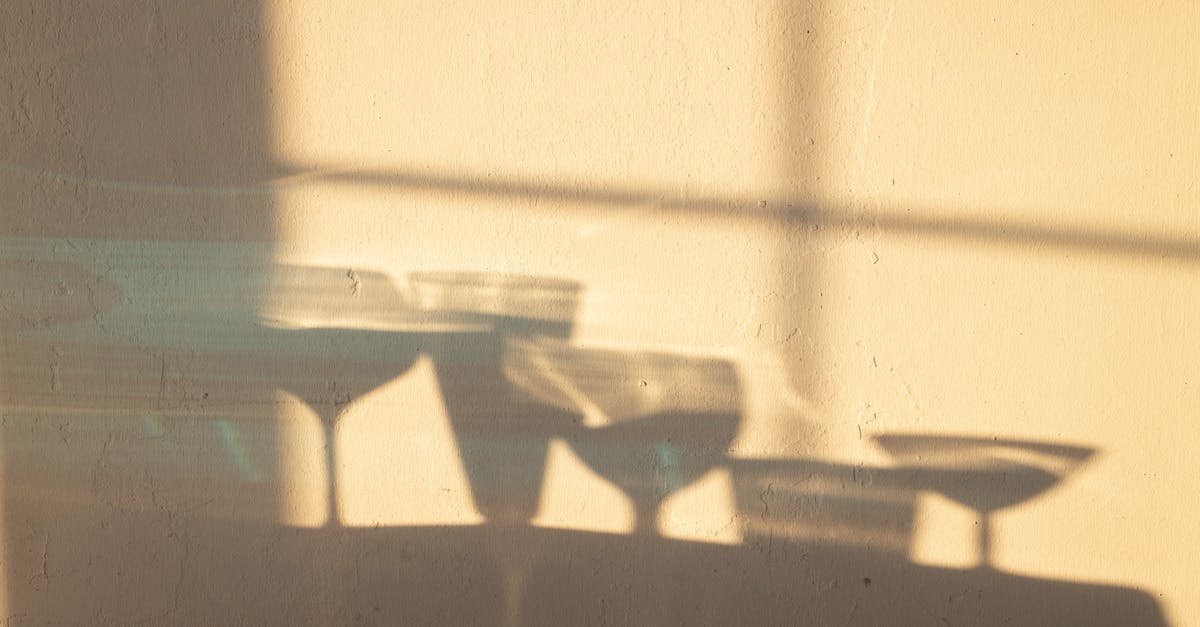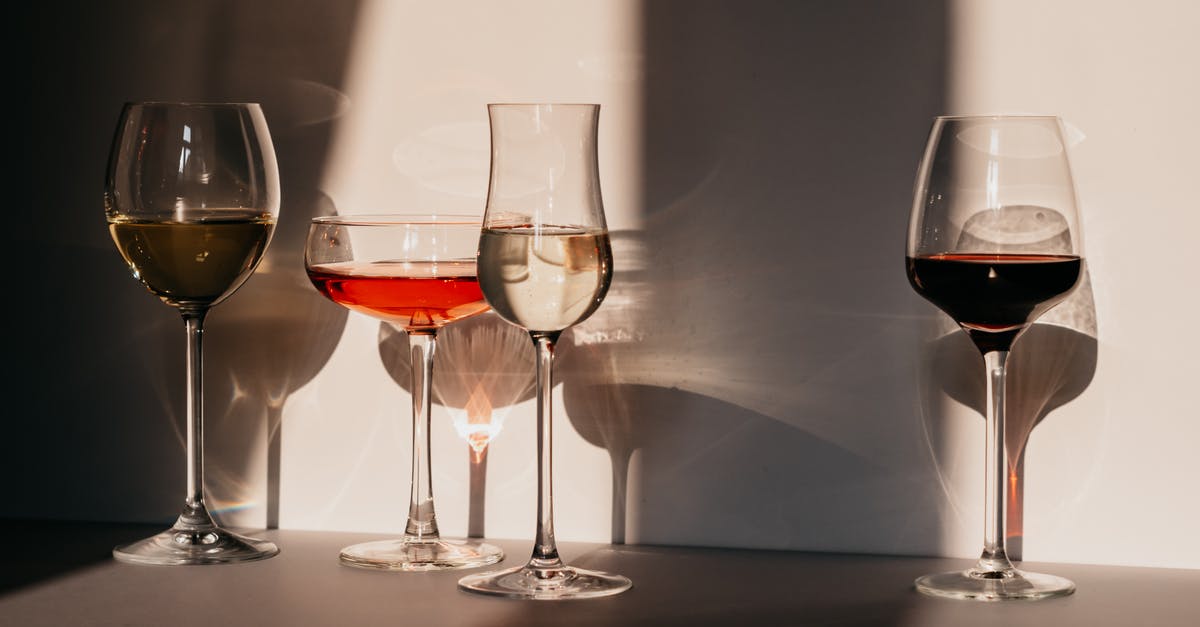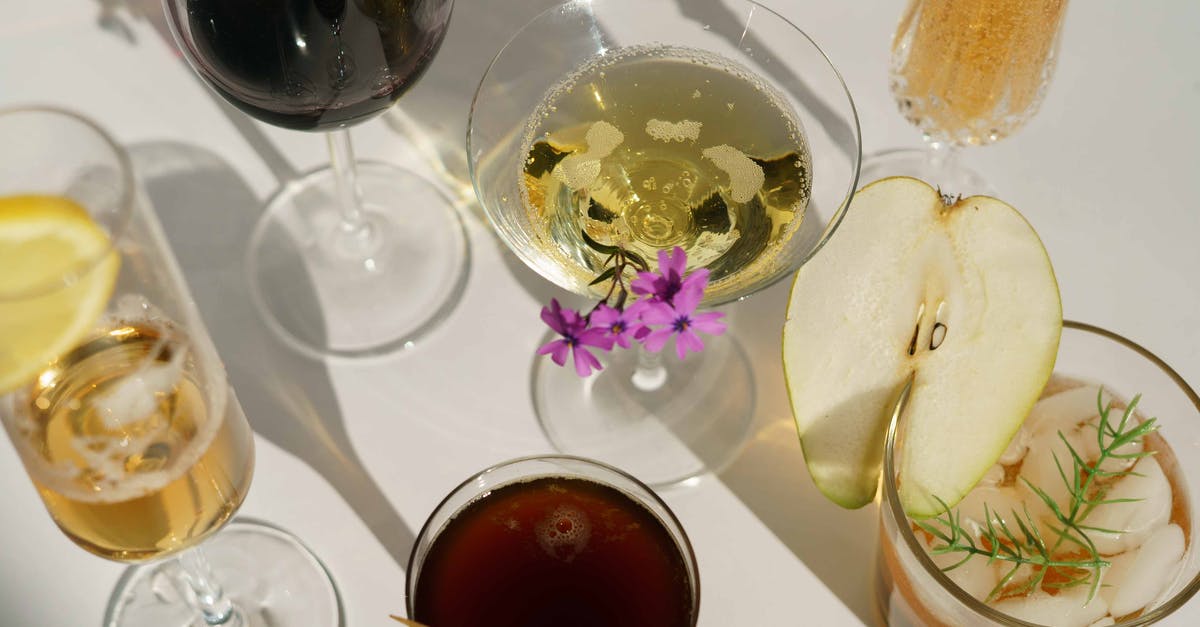Is there residual alcohol in various vinegars?

How much, if any, alcohol is left when vinegar is made from alcoholic products? Does this differ between different types of vinegar, such as malt, red wine, white wine and spirit vinegars?
The context is a desire to absolutely avoid alcohol. This includes de-alcoholised products that may contain trace quantities.
Best Answer
Yes, there is some alcohol in vinegar.
Estimates of Ethanol Exposure in Children from Food not Labeled as Alcohol-Containing, Gorgus et al., Journal of Analytical Toxicology 2016 discusses a range of sources of alcohol exposure, some of which might be surprising.
Among them is white wine vinegar, which is quoted as having 2.6 g/l. That's around 0.25% ABV (vinegar is mostly water, and acetic acid has a similar density to water, so close enough). I can see no reason for other real (brewed) vinegar to have appreciably less. Consuming a unit/standard drink of alcohol would mean drinking large quantities of pure vinegar (a UK unit is 8 g of pure ethanol, so that would mean drinking about 3 litres of vinegar), so for the majority of people this wouldn't be an issue; indeed the human body produces several grams per day (Wikipedia link, but see the cited source for this claim for a full review).
However if someone is trying to completely avoid consuming any alcohol, vinegar would seem to be off limits. There are alternatives, such as "non-brewed condiment" a malt vinegar substitute made from industrially produced acetic acid, water, and flavours. Similar products may legally be allowed to be sold as vinegar in some countries - they should be cheap, and include "acetic acid" on the list of ingredients (see Wikipedia's article for links to other languages).
It appears to be possible for consumers to buy food-grade acetic acid at high concentrations. This would need to be diluted significantly. One brand I found was described as 70% acetic acid; as common vinegar is no more than about 5%, you'd need something like 1 part of that 70% product to 12 parts water (or fruit juice, or a mixture of the two) and undiluted it should be handled as a nasty chemical rather than as a food (protect eyes and skin, avoid inhaling fumes).
Industrial production is done directly, without the alcohol intermediate step, so can be assumed to be alcohol-free and would also allow some distance from the alcohol industry, if that's related to the motivation.
Returning to the paper I linked at the start, some other foods may be surprisingly high in alcohol. Some breads, for example have over 1% by weight (though others have no detectable alcohol). Very ripe fruit has some, and fruit juices contain tiny quantities, with the highest figure detected in the juices around 1/3 of that in vinegar, at less than 0.1%, though of course fruit juices are often consumed in larger quantities than vinegar. Perhaps the natural level found in fruit juices could be regarded as a practical threshold to consider functionally zero, barring any medical reason to go still further.
Pictures about "Is there residual alcohol in various vinegars?"



Quick Answer about "Is there residual alcohol in various vinegars?"
The standard for vinegar applied in many countries is that the acetic content must be at least 4% (Regulations 1985, 2013) or 6% (FAO/WHO, 2000) for it to be labeled as vinegar and with a maximum residual alcohol content of 0.5% v/v for wine vinegar and 1% v/v for other vinegars (FAO/WHO, 2000).Ruling on vinegar made from wine #HUDATV
More answers regarding is there residual alcohol in various vinegars?
Answer 2
According to this, there is a residual alcohol content in wine vinegar.
If you want to avoid alcohol, use other type of acids like citruses (lemon, limes...)
Sources: Stack Exchange - This article follows the attribution requirements of Stack Exchange and is licensed under CC BY-SA 3.0.
Images: Jill Burrow, Rachel Claire, Polina Kovaleva, Dziana Hasanbekava
